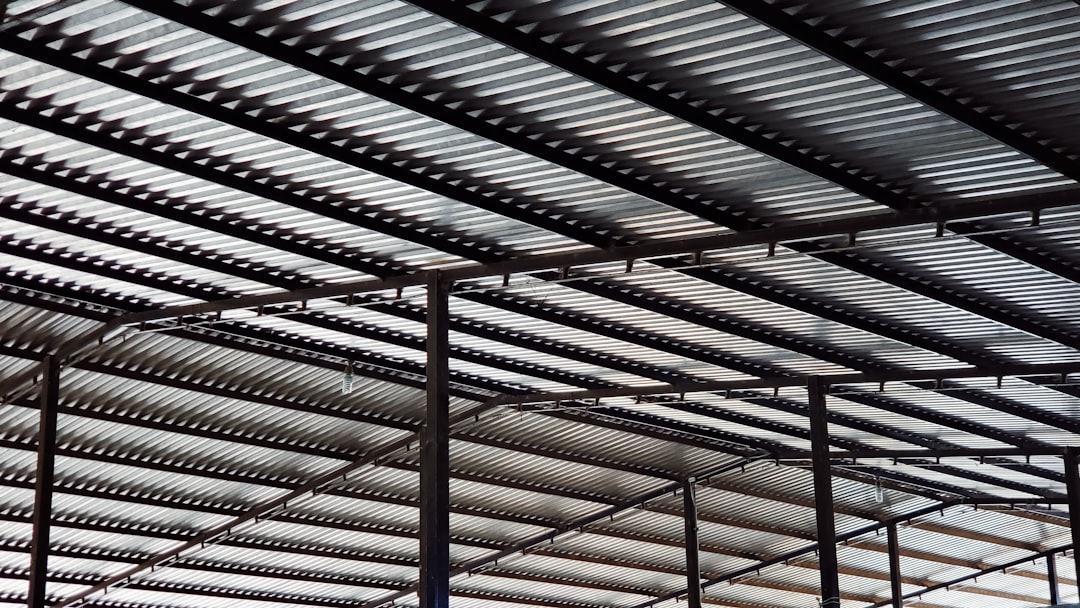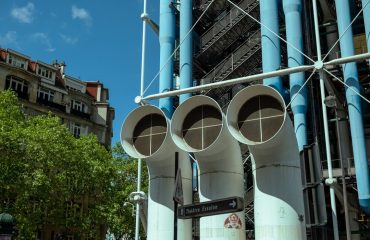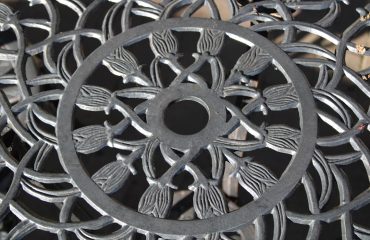body { font-family: sans-serif; line-height: 1.6; }
h1, h2, h3 { color: #333; }
img { max-width: 100%; height: auto; }
Prefabricated steel buildings are rapidly transforming the construction industry, offering speed, efficiency, and sustainability. This post delves into the exciting innovations driving this revolution, exploring how advancements are shaping the future of building design and construction.
1. Design Advancements: Beyond the Box
Gone are the days of simple, utilitarian steel structures. Modern prefab steel buildings boast sophisticated designs, incorporating architectural features previously unattainable with traditional methods. Advanced Computer-Aided Design (CAD) software allows for intricate detailing, complex geometries, and customized facades. This allows for the creation of aesthetically pleasing buildings that integrate seamlessly into diverse environments, from urban high-rises to rural landscapes. We’re seeing an increase in the use of curved steel, allowing for more organic shapes and visually striking designs. Furthermore, the integration of prefabricated components, like windows and doors, ensures a precise fit and faster assembly times. This precision also minimizes on-site waste and rework, leading to significant cost savings.
2. Sustainability and Eco-Friendly Practices
The steel industry is actively pursuing sustainability initiatives, and prefab steel construction is a key beneficiary. Recycled steel is increasingly utilized in the manufacturing process, reducing the demand for virgin materials and lowering the carbon footprint. Furthermore, the precision of prefab construction minimizes material waste, further contributing to environmental responsibility. Innovations in insulation materials, such as spray foam insulation and high-performance panels, are improving the energy efficiency of steel buildings, reducing operational costs and environmental impact. The design of these buildings can also incorporate green features like solar panels and rainwater harvesting systems, making them environmentally friendly and sustainable.
3. Cost-Effectiveness and Speed of Construction
Prefabricated steel buildings offer significant cost advantages compared to traditional construction methods. The off-site manufacturing process reduces labor costs, minimizes weather delays, and streamlines the overall construction timeline. The standardization of components allows for economies of scale, leading to lower material costs. The reduced construction time translates to faster project completion, enabling quicker occupancy and return on investment. This efficiency is particularly beneficial for large-scale projects or projects with tight deadlines.
4. Customization and Flexibility: Tailored Solutions
Despite the prefabrication process, modern steel buildings offer remarkable customization options. While the basic structural components are manufactured off-site, the finishes, interior layouts, and exterior designs can be tailored to meet specific client needs. This flexibility allows for the creation of unique and functional spaces, accommodating various applications, from commercial offices and retail spaces to industrial warehouses and agricultural facilities. The modular nature of prefab steel buildings allows for easy expansion or modification in the future, making them highly adaptable to changing business requirements.
5. Future Trends: Smart Buildings and Technological Integration
The future of prefab steel buildings is inextricably linked to technological advancements. The integration of smart building technologies, such as Building Information Modeling (BIM), Internet of Things (IoT) devices, and automation systems, is transforming the way these structures are designed, constructed, and operated. BIM allows for improved coordination and collaboration among stakeholders, enhancing efficiency and reducing errors. IoT sensors provide real-time data on energy consumption, environmental conditions, and structural integrity, enabling proactive maintenance and optimized building performance. Automation in manufacturing and construction processes will further increase speed, precision, and efficiency in the future.
The combination of advanced design, sustainable practices, cost-effectiveness, and customization options makes prefab steel buildings an increasingly attractive choice for a wide range of applications. As technology continues to evolve, we can expect even more innovative solutions to emerge, shaping the future of the built environment.
SEO Keywords:
Prefabricated steel buildings, steel building innovations, sustainable steel construction, modular steel buildings, cost-effective construction




